Back to the future: Space concept art of ‘60s & ‘70s now looks closer to fact than fiction (PHOTOS)
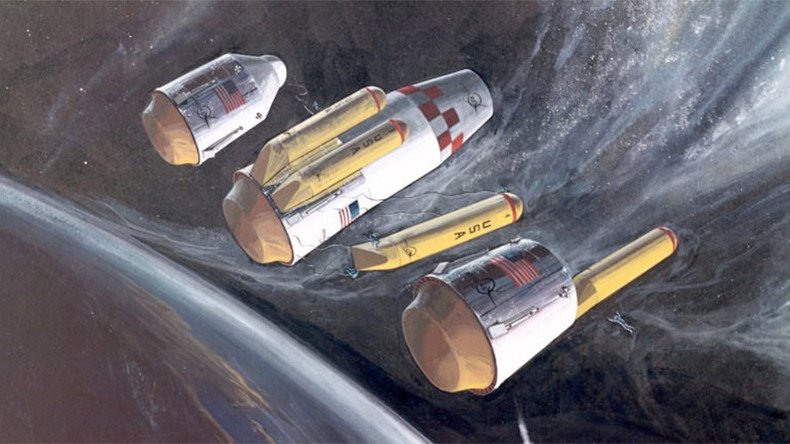
Even before the moon landings people were dreaming of a life among the stars, and perhaps none more so than Philip Bono, a space engineer whose concept artwork is eerily similar to the contraptions used in space travel today.
The Brooklyn-born aviation expert’s pioneering sketches are credited with influencing the space shuttle design and can be found among a raft of abstract rocket ship proposals in the San Diego Air and Space Museum (SDASM) archives.
One concept, the ROMBUS, a reusable vessel with a plug nozzle, was an early brainwave for a reusable rocket booster.
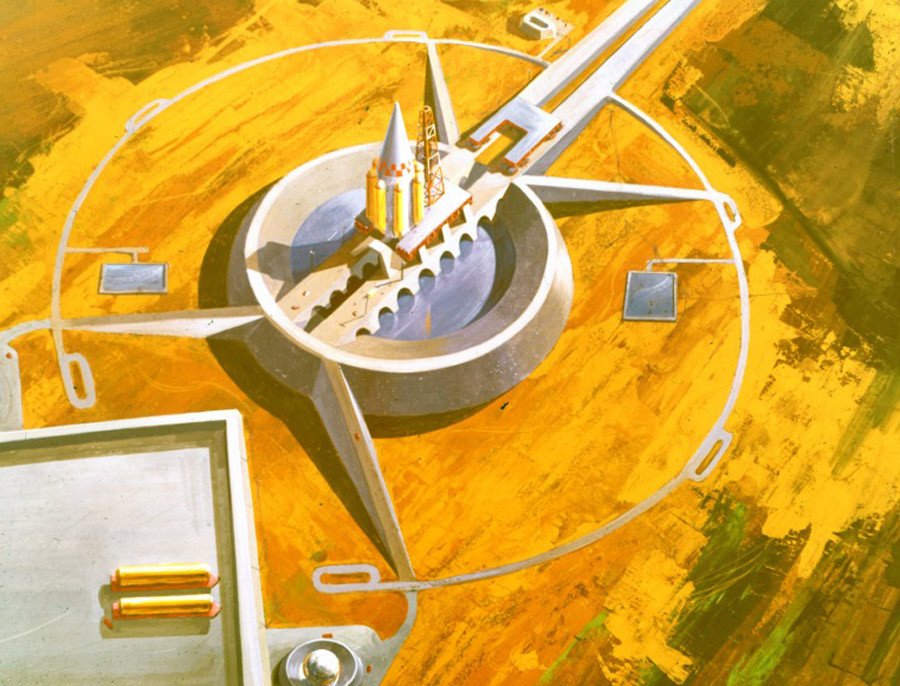
While it never progressed from the draft stage, its cutting-edge characteristics were picked up by Disneyland and incorporated into the Anaheim theme-park ride, ‘Flight to the Moon.’
Active between the years of 1947 and 1988, Bono was involved in the design of aircraft at the Douglas Aircraft Company and later Boeing.
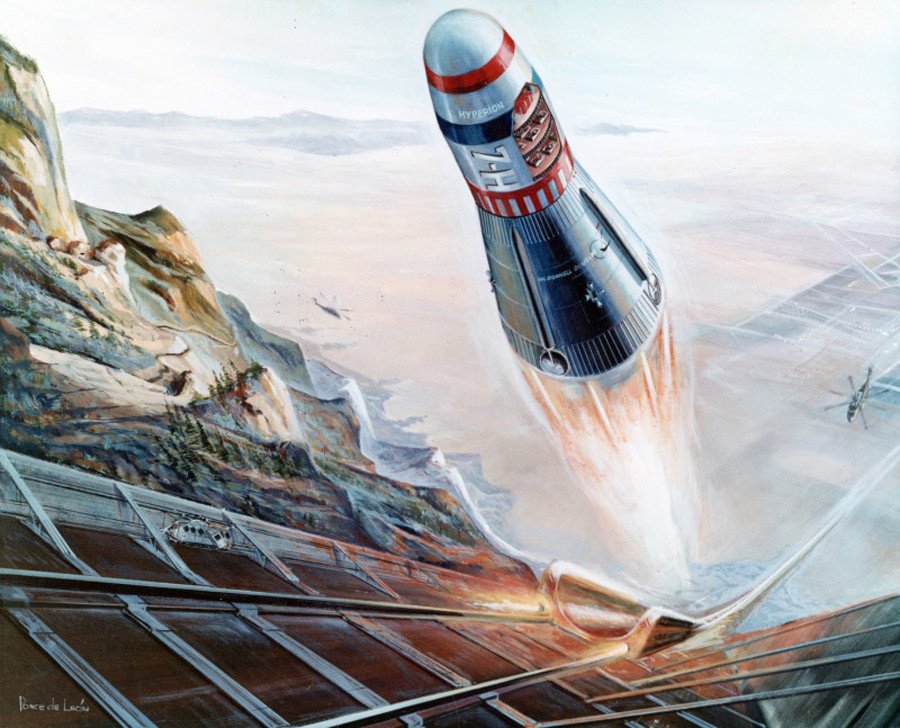
A book published by Bono and Kenneth Gatland in 1969 - ‘Frontiers of Space’ - provides some background to the incredible depictions of space produced during an era when exploring the great expanse was only in its infancy.
Some of the sketchwork predates the 1969 NASA moon landing, but viewed today these images are quite plausible portrayals of humans reaching an alien world.
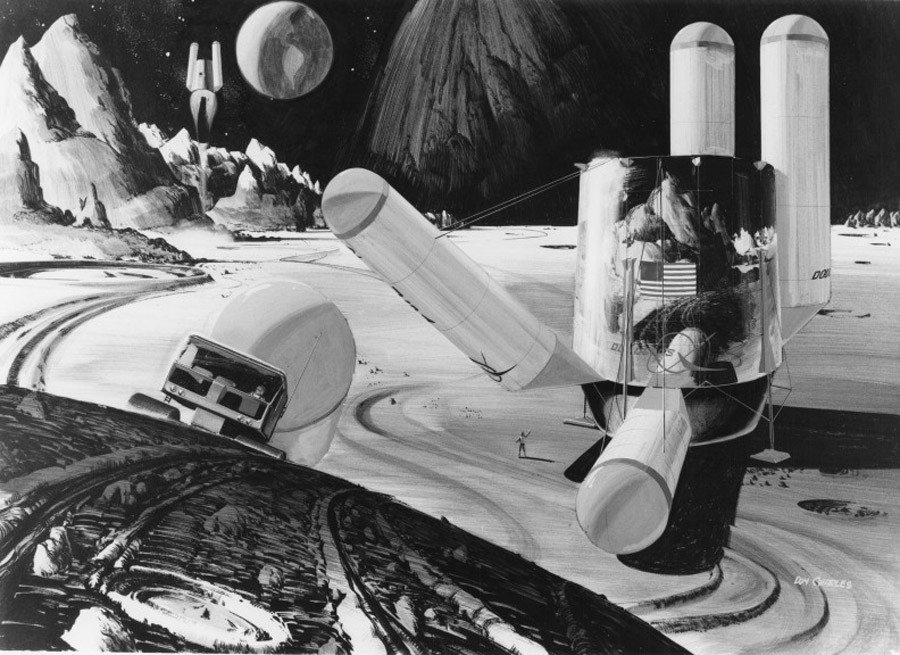
Of course, a handful of the blueprints are wide of the mark, but many resemble the craft currently sitting in NASA, SpaceX and Blue Origin hangars or orbiting the earth at this very moment.
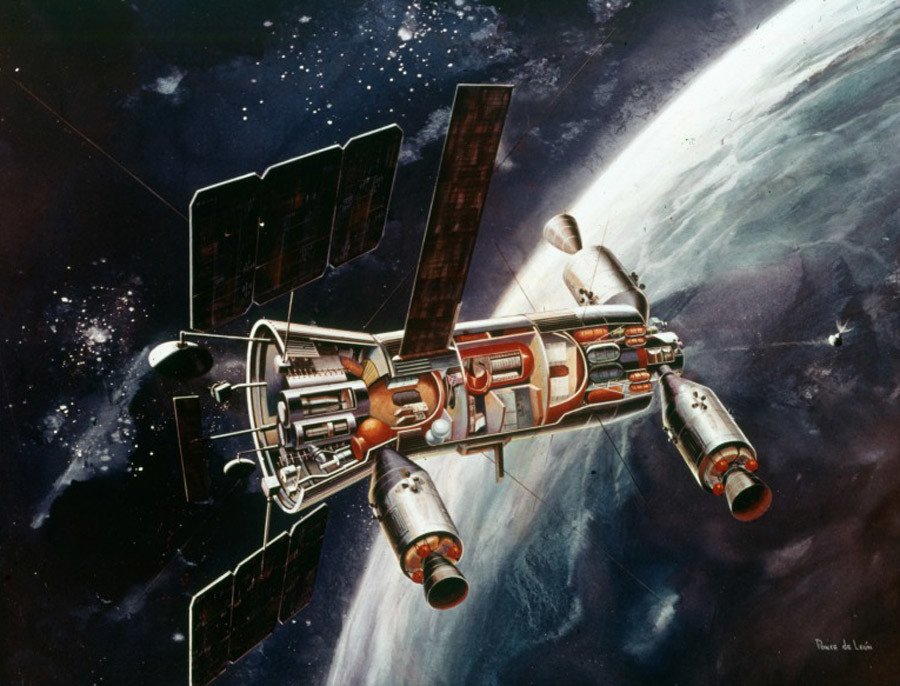
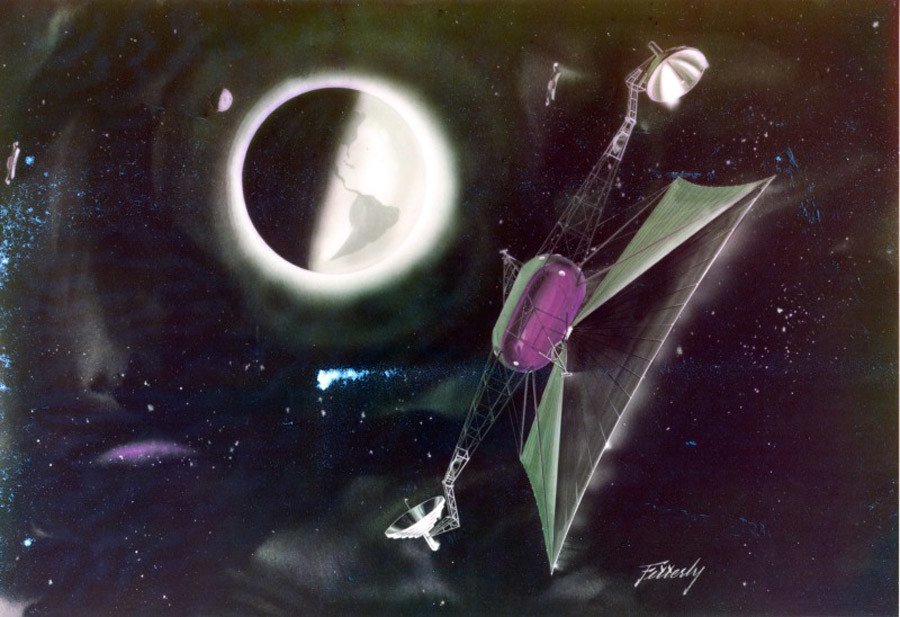
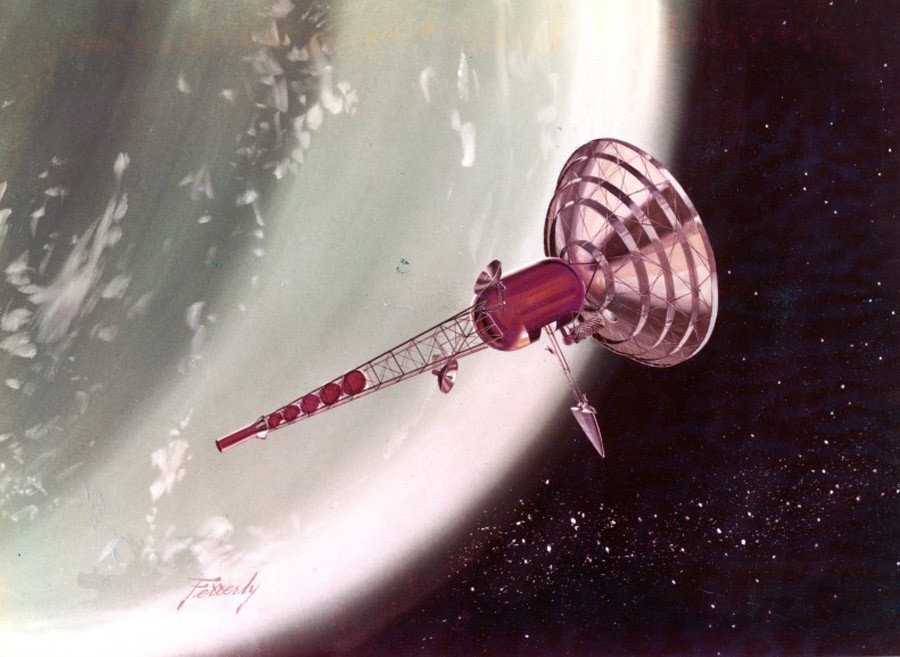
Pegasus Intercontinental Passenger Rocket
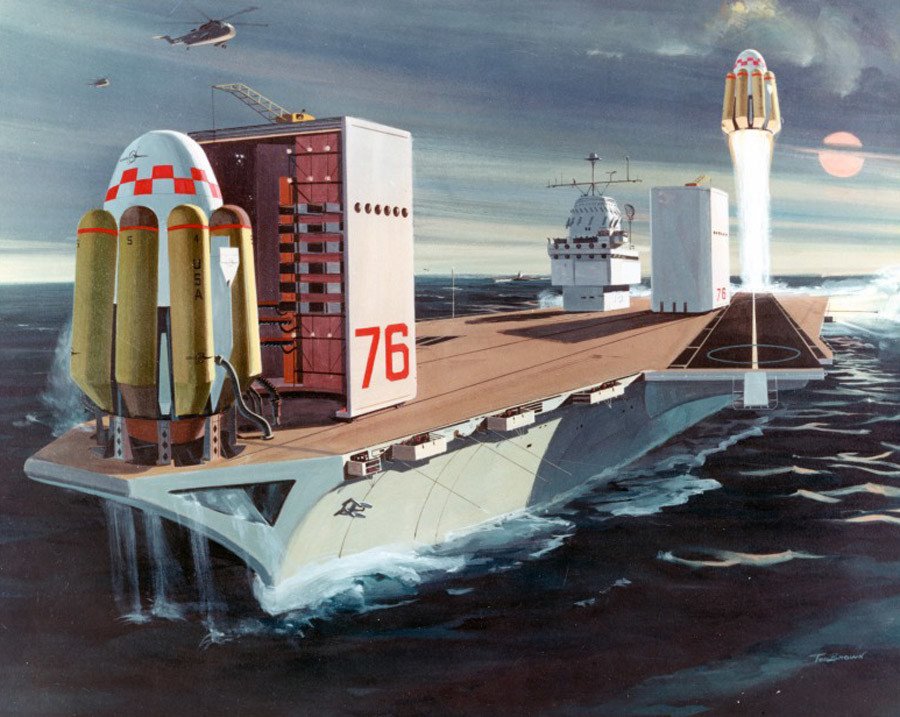
According to Bono’s book, the ballistic ship would have been designed to carry 172 passengers into low orbit and travel around 12,000km in 39 minutes. If expectations had of been met, it’s thought the craft could have made the equivalent trip from London to New York twice in under an hour.
READ MORE: SpaceX fails to land Falcon 9 rocket, satellite launch successful
The sea landing pads drawn by Bono are not dissimilar to Elon Musk’s ‘Of Course I Still Love You’ barge in the Atlantic.
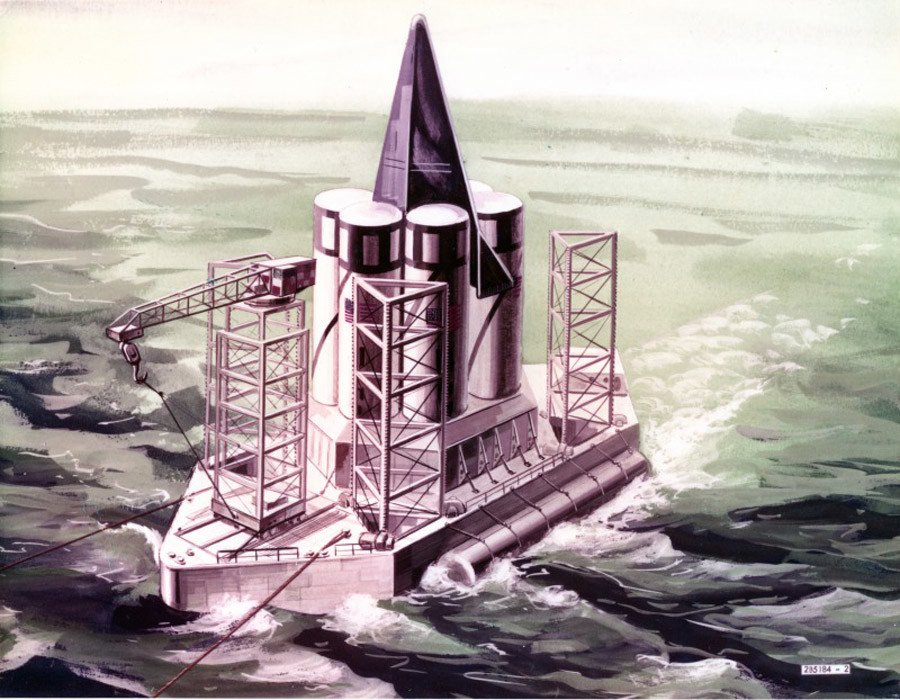
Boeing X-20 Dyna-Soar
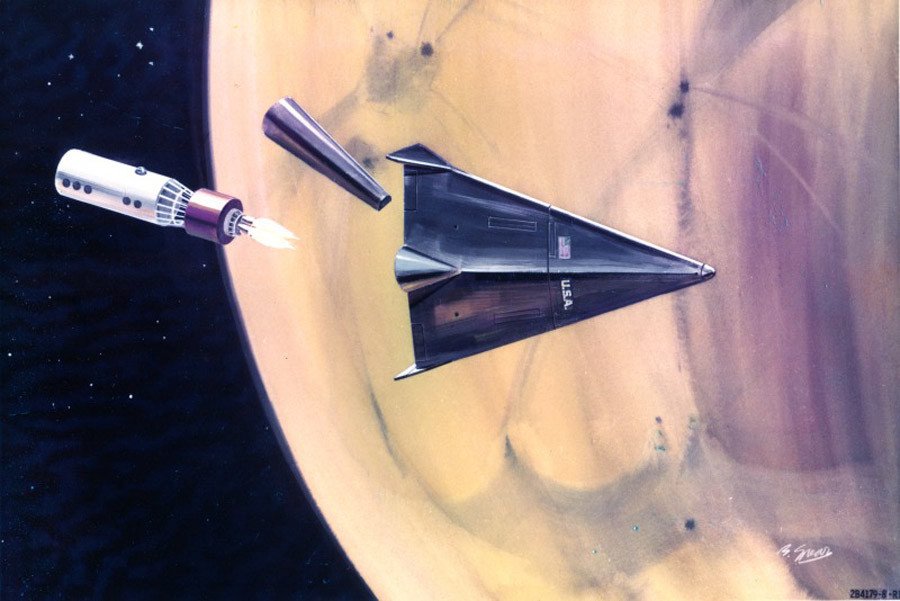
More than $400 million was poured into the one-man space plane until the project was canceled by the US government.
Boeing archives reveal that the vehicle only reached the mock-up stage. However, a number of astronauts had been in training to fly it before it was scrapped due to cost issues. A section in ‘Frontiers of Space’ is dedicated to the Dyna-soar, stating its importance in the development of “new-generation” re-entry vehicles.
Space pods
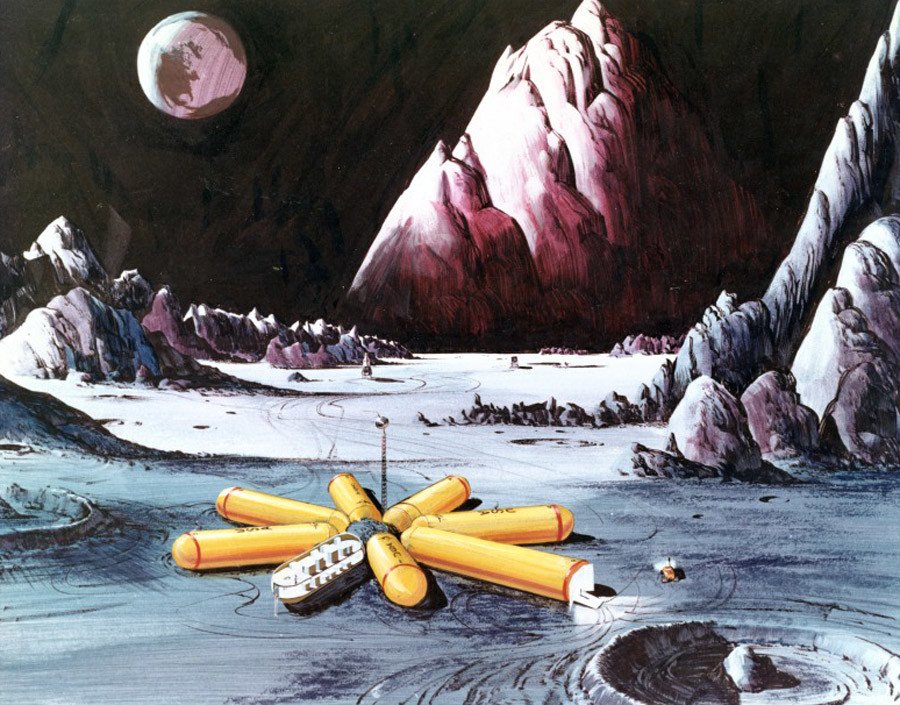
In 2014, Boeing released its ‘Affordable Mars Mission Design’ outlining human exploration of the Red Planet as a primary objective.
Its 12-step plan acknowledged that reaching Mars has “captured the imagination of the world for decades” – which is evidenced by early drawings of what appear to be dwellings for astronauts in outer space.
READ MORE: Next stop, Lunar City: 3D-printed space pods to form permanent ‘moon village’
Proving just how forward-thinking concept artists at the time were, the pictures bear a striking resemblance to 3D-printed moon pods under consideration by the European Space Agency.













